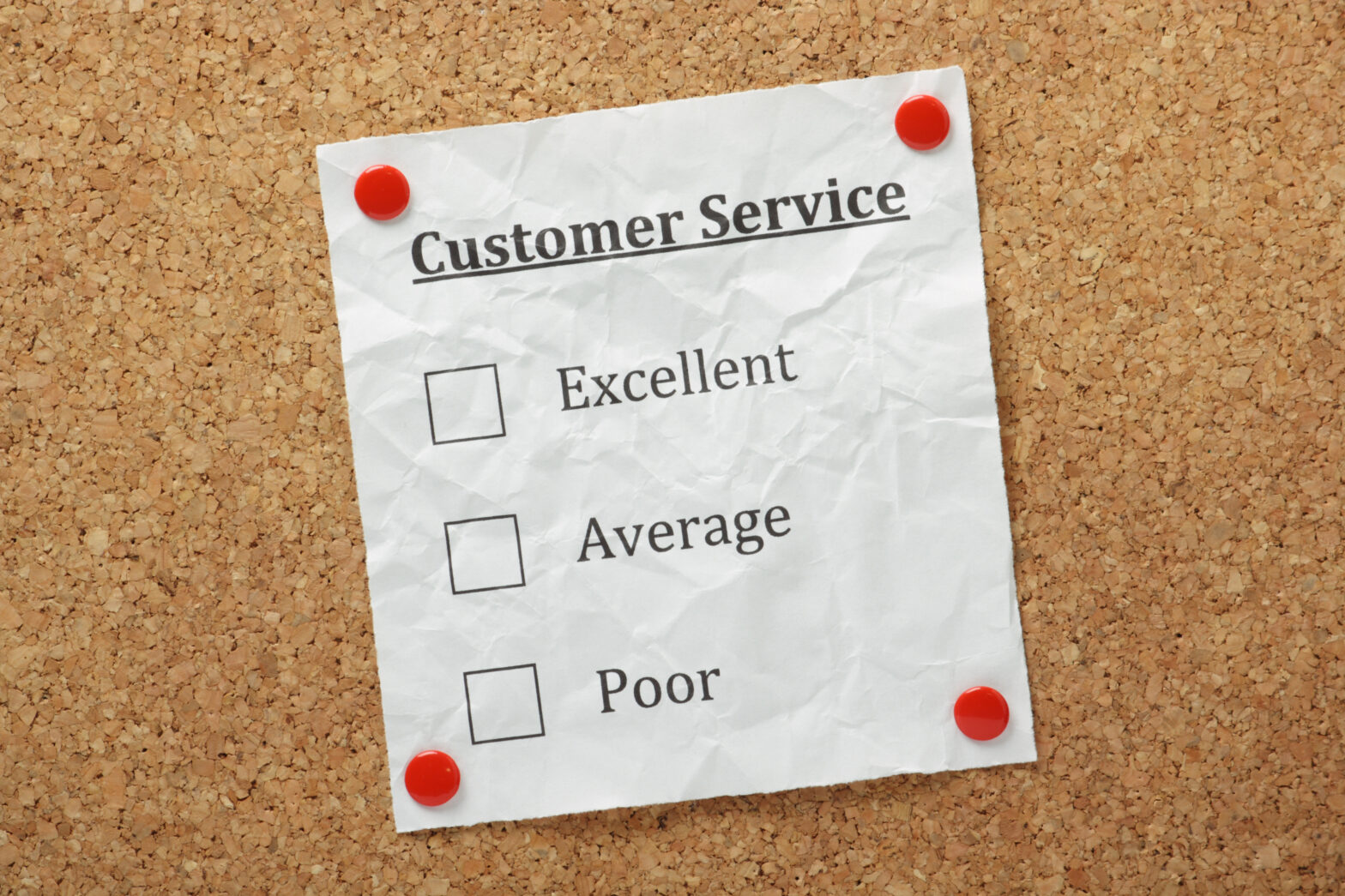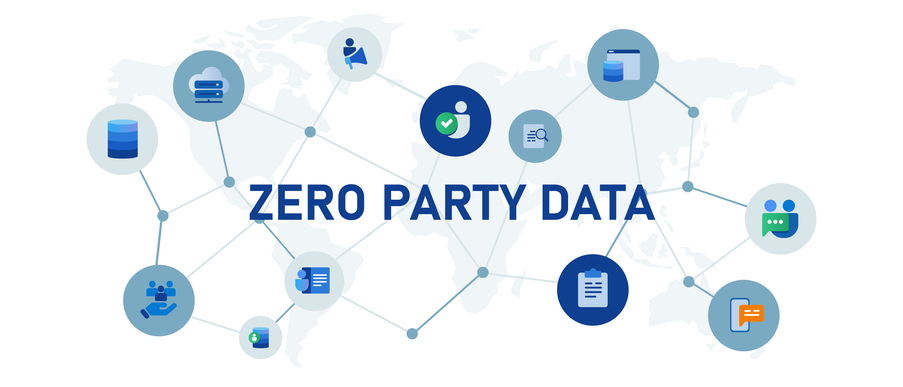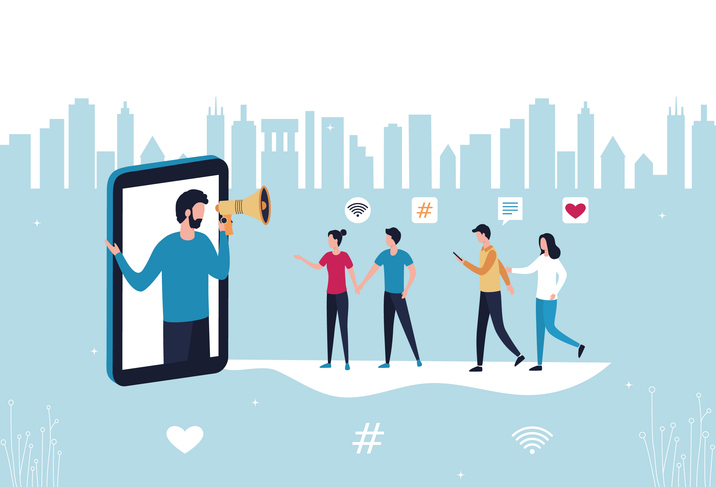Competing on price or product is no longer a viable option for businesses of any size, but this is particularly true for small and medium-sized enterprises (SMEs), where resources don’t stretch as far.
As prices and product innovations can easily be copied in today’s digital age, the only competitive battleground left is customer experience. And this is where SMEs have the chance to shine. Small businesses can use excellent customer service to seem bigger, in what Salesforce describes as the ‘blowfish effect’.
To compete with larger competitors, SMEs need to deliver speedy, personalised and friendly customer service across multiple channels. Here, we present 16 statistics that illustrate what is needed to deliver excellent customer service today, and the associated challenges and opportunities for SMEs:
Reducing your customer defection rate by 5 per cent can increase your profitability by 25 to 125 per cent
Arguably the biggest hindrance of business growth is the loss of customers. If you’re an SME that’s looking to grow, one of the best ways to do this is to focus on your existing customers.
68 per cent of millennials demand an integrated, seamless experience, regardless of channel
The millennial generation has become a powerful buying force, and brands that ignore their likes and dislikes take a big risk. While the majority of customers expect omnichannel customer service, it’s something that most millennials demand from brands. After all, this is the generation of digital natives.
Whether you’re an SME or a large corporation, millennials expect a joined-up experience, and brands that can’t deliver will not only disappoint customers, but give the impression of being behind the times.
95 per cent of the millennial generation want brands to court them actively
One of the biggest myths about the millennial generation is that they lack loyalty; in the Accenture study cited above, nearly 40 percent of retail industry leaders said that lack of loyalty was their top concern about this generation.
However, as the statistic demonstrates, if you can provide millennial shoppers with a great experience and offer them something of value, you could gain loyal customers. With the majority of millennial shoppers open to messages from brands, SMEs with a clever marketing strategy have every opportunity to reach this generation.
53 per cent of customers expect a response within one hour from a brand on Twitter
Social media is a very ‘immediate’ platform; news breaks on Twitter, and Facebook is often where you’ll first see updates from friends and family. That’s why more than half of customers expect a response from a brand on Twitter within one hour.
Expectations don’t change much from small to big businesses, so if you’re an SME looking to stand out with excellent customer service, you need to ensure you can provide a speedy response on social media.
Failure to respond via social channels can lead to a 15 per cent increase in the churn rate
What’s worse than taking ages to respond? Simply not responding at all. If you have a social media account, but don’t respond to queries, you may lose customers for good. As a small business looking to grow, a 15 per cent increase in your churn rate would be a disaster.
43 per cent of customers expect social channels to be integrated with other customer service channels
Consumers don’t see social media accounts as separate to your business, whether they call, email or tweet, customers expect you to be able to track this conversation.
For SMBs, social media is a highly useful tool, both for marketing and engagement, as well as customer service. Don’t lose the benefits of this platform by separating it from your core marketing and customer service efforts.
Phones still handle around 68 per cent of all contact centre communications
Despite the growing importance of social media, small businesses should remember that the phone is still the primary device for customer service, and needs to be prioritised.
60 per cent of customers change their contact channel depending on where they are and what they’re doing
We live in a mobile age, where we can communicate no matter where we are or what we’re doing. However, the channel we use might change; if we’re walking to work, we might call. If we’re watching TV, we might send a tweet.
The important thing is that shoppers today do whatever is most convenient for them. If SMEs want to provide excellent service, they need to give their customers choice and show that they value their time.
Gamification will become an essential element for brands to drive customer marketing and loyalty
One of the greatest mistakes that SMEs make is to think that current trends are more for big businesses, when in fact, SMEs that embrace the latest technologies can gain a competitive edge. Gamification can help SMEs engage with employees and customers, and many small businesses are already seeing huge success with the strategy.
60 per cent of consumers favour a balance of price and service and will not tolerate bad customer service in exchange for a cheap deal
Many small businesses make the mistake of thinking that it’s ok to provide an average to poor experience, so long as the price is right. However, it seems the majority of consumers would disagree.
83 per cent of consumers require some degree of customer support while making an online purchase
When online retail began, many viewed e-commerce as a ‘help yourself’ form of shopping, where consumers were left to figure it out for themselves. However, brands need to give customers the same amount of support as they would in a store, and this statistic shows the majority of shoppers need it.
70 per cent of business transformation efforts fail due to lack of employee engagement
Whether you’re a large corporation or a small business, you need your team to be behind you and your goals. You can’t deliver good customer service unless your employees are motivated and engaged, and gamification is often cited as the solution to this problem.
94 per cent of companies are not satisfied with their use of customer data
In 2015, the overwhelming majority of companies weren’t satisfied with their use of customer data. And with increased data providing the biggest opportunity for businesses, any company that can improve on the way it analyses and acts on customer data could gain a huge advantage.
Customer service can increase loyalty and positive buying behaviour by around 10 per cent
The Institute of Customer Service showed that, when a customer’s satisfaction is increased by 1 point (out of 10), there is an average increase of 10 per cent in the chance they will remain a customer. What this shows is that even small changes to improve customer service can make a big difference.
Better customer service can triple the likelihood of a customer recommending a brand
The same study as above found that if brands raised customer satisfaction by three points (out of ten), a customer is three times as likely to recommend that brand.
UK businesses lose £12 billion every year as a result of poor customer service
Lastly, it seems fitting to end on the overall cost of customer service failure. There is a huge price tag attached to not to providing a great customer experience, and the only way businesses can avoid this is to start prioritising customer experience.
As an SME, you can feel like a small fish in a big pond, but outstanding customer service can help you overcome this feeling. If you can deliver the kind of experience that leads to loyal customers, you can put your business in the position to grow.
Tim Pickard is SVP of marketing at NewVoiceMedia.





